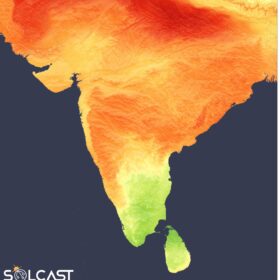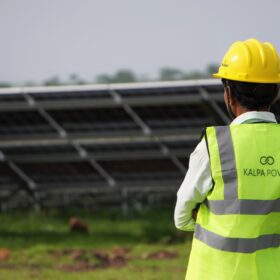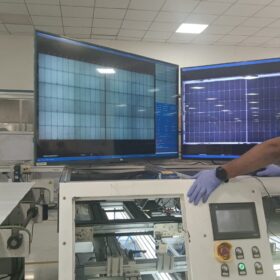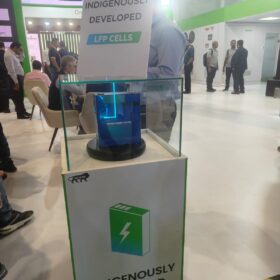Revival of Nature-based Solutions (NbS) in 2025
The IUCN’s updated Global Standard, growing debate on finance, and stronger emphasis on rights and monitoring mark a transition from hopeful experimentation to disciplined scaling. If the next year invests in credibility and the scaffolding that turns pilots into pipelines, Nature-based Solutions could finally become a practical pillar of climate, biodiversity and development strategies worldwide.
China TOPCon cell prices dip despite looming cost pressures
In a new weekly update for pv magazine, OPIS, a Dow Jones company, provides a quick look at the main price trends in the global PV industry.
Why EPC leaders must diversify across energy transition and digital infrastructure
The EPC organisations that choose to lead across both the energy transition and digital infrastructure will not simply respond to the coming decades of change, they will shape them.
Powering India’s digital transformation: The backbone technologies you don’t see
Every new 5G deployment, data centre expansion, or broadband rollout depends on power and cooling architectures that operate quietly in the background, ensuring continuity, efficiency, and resilience.
The future of impact funding: Aligning capital with sustainable outcomes
The largest area of green financing is energy-efficient machinery, which supports MSMEs in modernising production lines and reducing operational energy consumption. Significant capital is also being channelled into rooftop solar installations, electric vehicles, and enterprises operating in the water, sanitation, and hygiene (WASH) sectors, across clusters such as manufacturing, healthcare, and food processing.
China module market watches 2026 export rebate signals as polysilicon consolidation platform company is registered
In a new weekly update for pv magazine, OPIS, a Dow Jones company, provides a quick look at the main price trends in the global PV industry.
Solar surge in Northern India as Cyclone Ditwah cuts irradiance in the south and Sri Lanka
In a new weekly update for pv magazine, Solcast, a DNV company, reports that November brought above-average solar conditions in northern India and Pakistan, while southeastern India and Sri Lanka faced reduced solar output due to Cyclone Ditwah’s storms and heavy cloud cover. Despite southern disruptions, India’s renewable energy share rose, driven by strong solar generation in the north and overall growth in renewable capacity.
The skills gap, not capital, is India’s real green energy bottleneck
The renewable energy sector creates significant employment density—approximately 10 times more workers per MW in solar and 3–4 times more in wind than in conventional power plants. This employment multiplication should be our competitive advantage. However, the skills gap is creating economic inefficiencies that compound across the sector.
The sustainability advantage: Why HJT’s low-temperature manufacturing process matters?
As adoption accelerates, the critical question is no longer simply how much solar capacity can be installed, but how clean and sustainable the manufacturing process behind it truly is. Heterojunction Technology (HJT) has become one of the most compelling answers to that challenge.
From waste to wealth: Circular strategies driving a sustainable India
The promise of India’s circular economy lies in its ability to turn environmental challenges into engines of growth. Achieving it will take investment, innovation, and clear ways to measure progress.















